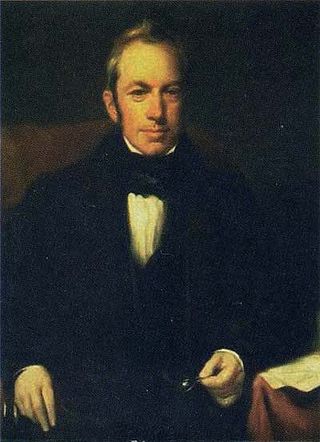
Robert Brown was a Scottish botanist and paleobotanist who made important contributions to botany largely through his pioneering use of the microscope. His contributions include one of the earliest detailed descriptions of the cell nucleus and cytoplasmic streaming; the observation of Brownian motion; early work on plant pollination and fertilisation, including being the first to recognise the fundamental difference between gymnosperms and angiosperms; and some of the earliest studies in palynology. He also made numerous contributions to plant taxonomy, notably erecting a number of plant families that are still accepted today; and numerous Australian plant genera and species, the fruit of his exploration of that continent with Matthew Flinders.

Ferdinand Lucas Bauer was an Austrian botanical illustrator who travelled on Matthew Flinders' expedition to Australia.

Georg Dionysius Ehret was a German botanist and entomologist known for his botanical illustrations.

Banksia coccinea, commonly known as the scarlet banksia, waratah banksia or Albany banksia, is an erect shrub or small tree in the family Proteaceae. Its distribution in the wild is along the south west coast of Western Australia, from Denmark to the Stokes National Park, and north to the Stirling Range, growing on white or grey sand in shrubland, heath or open woodland. Reaching up to 8 m (26 ft) in height, it is a single-stemmed plant that has oblong leaves, which are 3–9 cm (1.2–3.5 in) long and 2–7 cm (0.8–2.8 in) wide. The prominent red and white flower spikes appear mainly in the spring. As they age they develop small follicles that store seeds until opened by fire. Though widely occurring, it is highly sensitive to dieback and large populations of plants have succumbed to the disease.

The Botanical Magazine; or Flower-Garden Displayed, is an illustrated publication which began in 1787. The longest running botanical magazine, it is widely referred to by the subsequent name Curtis's Botanical Magazine.

Banks' Florilegium is a collection of copperplate engravings of plants collected by Sir Joseph Banks and Daniel Solander while they accompanied Captain James Cook on his first voyage around the world between 1768 and 1771. They collected plants in Madeira, Brazil, Tierra del Fuego, the Society Islands, New Zealand, Australia and Java. During this voyage, Banks and Solander collected nearly 30,000 dried specimens, eventually leading to the description of 110 new genera and 1300 new species, which increased the known flora of the world by 25 per cent.
Prodromus Florae Novae Hollandiae et Insulae Van Diemen is book dealing with the flora of Australia written by botanist Robert Brown and published in 1810. Often referred to as Prodromus Flora Novae Hollandiae, or by its standard botanical abbreviation Prodr. Fl. Nov. Holland., it was the first attempt at a survey of the Australian flora. It described over 2040 species, over half of which were published for the first time.
Supplementum primum Prodromi florae Novae Hollandiae is an 1830 supplement to Robert Brown's Prodromus florae Novae Hollandiae et Insulae Van Diemen. It may be referred to by its standard botanical abbreviation Suppl. Prodr. Fl. Nov. Holl.
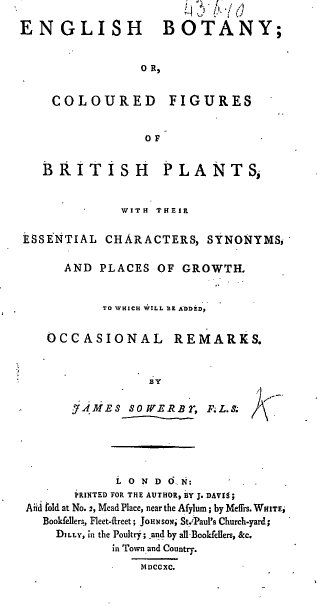
English Botany was a major publication of British plants comprising a 36 volume set, issued in 267 monthly parts over 23 years from 1790 to 1814. The work was conceived, illustrated, edited and published by the botanical illustrator and natural historian, James Sowerby. The brief formal technical descriptions were mostly supplied by the founder of the Linnean Society, Sir James Edward Smith. Initially Smith had declined to have his name associated with the work as he considered that his professional co-operation with a socially inferior artisan such as Sowerby might degrade his standing in higher circles. However, following the phenomenal public success and general acceptance by the professional class of the work he insisted that the title page of the fourth and succeeding volumes credited the work to his name with Sowerby named solely as the illustrator. The work, however, continued to be generally referred to as "Sowerby's Botany". In spite of this abuse of their social class differences by Smith, the two men were good friends and happily worked together on several projects over many years. The work was printed by J. Davis, London; initially on Edmeads and Pine laid paper.

Botanical illustration is the art of depicting the form, color, and details of plant species. They are generally meant to be scientifically descriptive about subjects depicted and are often found printed alongside a botanical description in books, magazines, and other media. Some are sold as artworks. Often composed by a botanical illustrator in consultation with a scientific author, their creation requires an understanding of plant morphology and access to specimens and references.

Flora Graeca is a publication of the plants of Greece in the late 18th century, resulting from a survey by John Sibthorp and Ferdinand Bauer. The botanical descriptions and illustrations became highly valued by the English audience; the finely crafted and illustrated work was of both scientific and horticultural interest.

"A Sketch of the Vegetation of the Swan River Colony", also known by its standard botanical abbreviation Sketch Veg. Swan R., is an 1839 article by John Lindley on the flora of the Swan River Colony. Nearly 300 new species were published in it, many of which are still current.
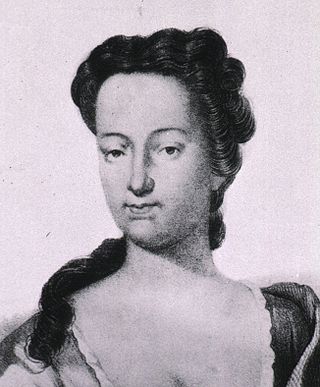
Elizabeth Blackwell was a botanical illustrator and author who was best known as both the artist and engraver for the plates of "A Curious Herbal", published between 1737 and 1739. The book illustrated medicinal plants, and was designed as a reference work for the use of physicians and apothecaries.

Edmund Evans was an English wood-engraver and colour printer during the Victorian era. He specialized in full-colour printing, a technique which, in part because of his work, became popular in the mid-19th century. He employed and collaborated with illustrators such as Walter Crane, Randolph Caldecott, Kate Greenaway and Richard Doyle to produce what are now considered to be classic children's books. Little is known about his life, although he wrote a short autobiography before his death in 1905 in which he described his life as a printer in Victorian London.
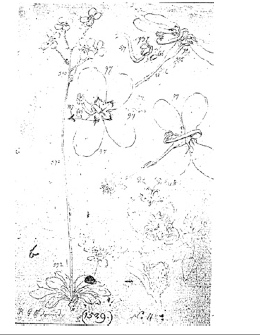
Stylidium spathulatum is a dicotyledonous plant that belongs to the genus Stylidium. The species is informally named the creamy triggerplant for the colour of its flowers.

Microtis media, commonly known as the common mignonette orchid, is a species of herbaceous plants of the family Orchidaceae endemic to the south–west of Western Australia. It has a single tubular leaf and up to one hundred small, yellowish green flowers arranged along the flowering stem.
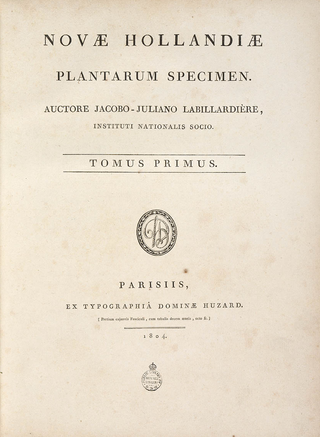
Novae Hollandiae Plantarum Specimen is a two-volume work describing the flora of Australia. Facsimiles of the originals can be found in the online Biodiversity Heritage Library (Vol.1) and Vol 2).

James Fittler was an English engraver of portraits and landscapes and an illustrator of books. He was appointed by King George III to be his marine engraver.

Chloanthes is a genus of four species of flowering plants in the family Lamiaceae and is endemic to Australia. Plants in this genus are shrubs with hairy foliage, blistered or wrinkly leaves and flowers with five petals fused at the base, usually with two "lips".

Livistona humilis, the sand palm, is an Australian plant species of the family Arecaceae. It is a small, slender palm, growing to about 7 m tall and 5–8 cm dbh. It has 8 to 15 fan-shaped leaves, 30–50 cm long with petioles 40–70 cm long. It is endemic to the Top End of the Northern Territory in Australia. Genetic investigation suggests that its closest relative is Livistona inermis. This palm is fire tolerant and usually grows in environments where it is exposed to frequent fires.



















